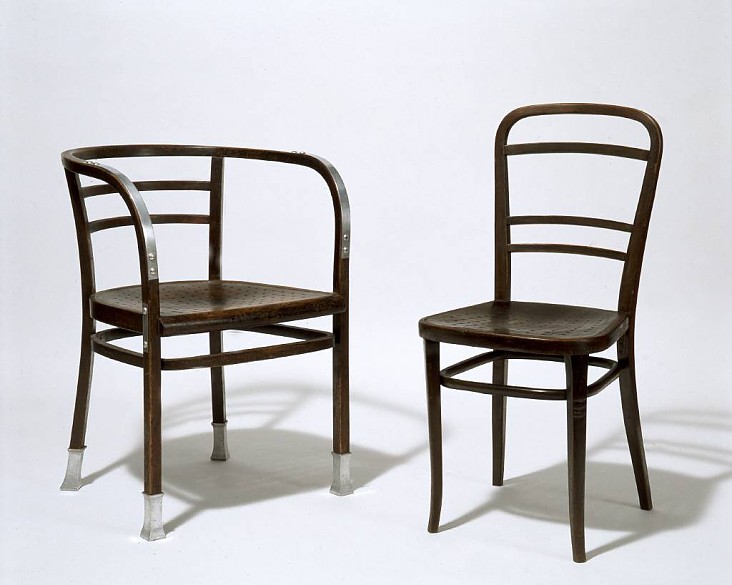
One of the most prominent architects in this period was Louis I. Kahn from Philadelphia. Little is know about his works prior to the 1940's and 1950's. He was educated in architecture at the University of Pennsylvania in 1924 and went on to teach at Yale in 1947. There he was labeled as a theorist-philosopher. He primarily worked in the International Style until his late 50's when he began introducing his signature style to the world; his style was something that the world of design had never seen before. His designs earned him an international reputation. His main concerns were revolved around the use of the materials and how the how the natural light in a space can create a certain nature about a space and reveal previously unnoticed forms. He is acknowledged as one of the most influential architects of the 20th century. His works include the Yale University Art Gallery and the Richards Medical Research Laboratories.

Another major architect of the Post Modernism movement was Cesar Pelli. This Argentine/American architect designed some of the world's tallest buildings. He is the Dean of the University of Yale School of Architecture. Some of his most famous works include the U.S. Embassy in Tokyo, the Museum of Modern Art in New York, and the twin tower's of Pelli's Petronas Center in Kuala Lumpar, Malaysia.

Another highly popular design style was Contemporary Design: Hi-Tech. The heightened use of new technologies in the world lead to the creation of this style; the term Hi-Tech has been applied to the style because of its heavy reliance on advanced technology. The use of steel, concrete, and class were the most predominant materials used. More than fifty percent of any cost of a modern project is produced by electricity, telephone, plumbing, or air-quality systems. Some of the most influential designers of this period included Richard Buckminister Fuller, Charles Eames, and Norman Foster.
Current Applications:


Discussion Blogs:
I read Racheal's blog and she was very to the point about the description of what contemporary design is and then established her opinions on it. Her current applications were very supportive.
I also read Paige S's blog and I like how she broke down and defined each separate style of contemporary and post modern design and then followed it up with visual evidence.
Additional Links!
This link shows 50 different living rooms that apply the contemporary style.
http://www.youtube.com/watch?v=YJKSRYPrutM






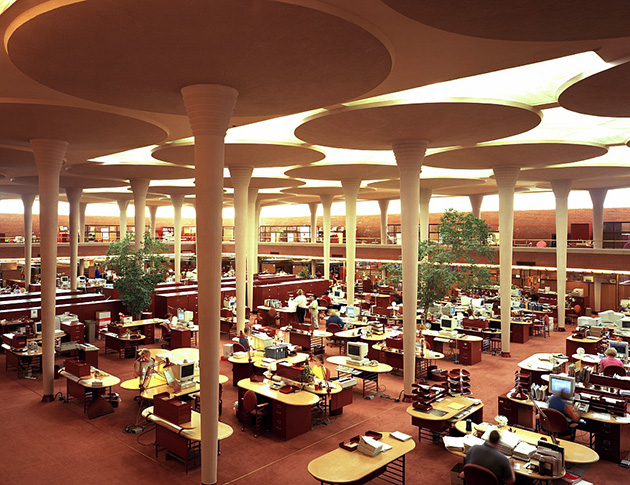











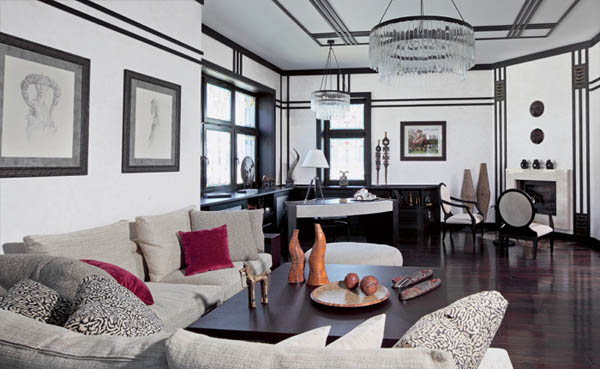
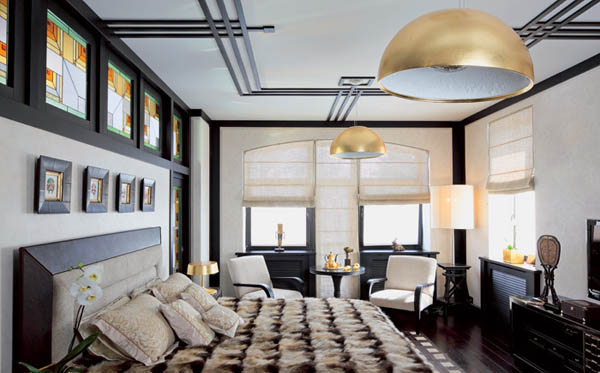



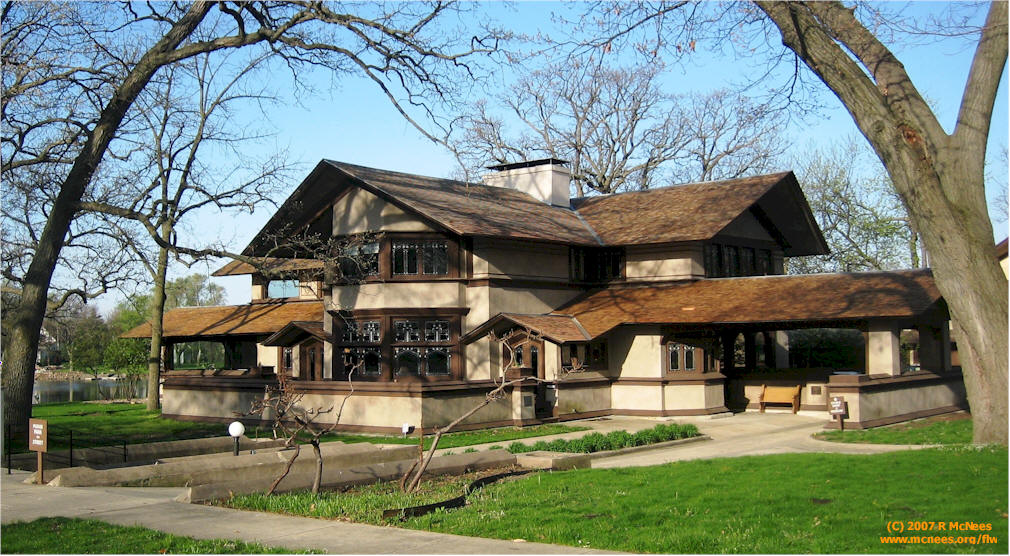









.jpg)





